Part 3: Enhancing User Experience with Power Apps
Welcome to part 3 of 4 of our special blog series where we share details on our interview with Ryan Cunningham, the Vice President of Power Apps at Microsoft. We had the privilege of talking with Ryan during Microsoft Ignite in November 2023. During our conversation, we touched on a variety of topics around Power Apps and Copilot, and this series will break down the insights and announcements that were made at Ignite around Power Apps.
What does the series include?
- Part 1: Evolution and Impact of Power Apps and AI Integration
- Part 2: Building Apps More Efficiently and Following Best Practices with Copilot
- Part 3: Enhancing User Experience with Power Apps
- Part 4: Decision-Making and Learning in the AI-Enhanced Development Landscape
Part 3: Enhancing User Experience with Power Apps
In this post:
- Copilot gives key insights to users directly within canvas apps and model-driven apps
- Microsoft is exploring ways to integrate Copilot functionality into Power Apps on mobile devices
- Newly introduced offline profiles for canvas apps allows users to access the app in areas with no connectivity
How does the new Copilot functionality enhance the user experience in both Canvas and model-driven apps, specifically in terms of data interaction?
Ryan: The new Copilot functionality is a significant leap forward, automatically embedding in any app built over Dataverse. This means users can ask Copilot questions about their data directly within the app, streamlining how they interact with and navigate their data. For instance, asking about inventory directly leads the user to the relevant view without manual searching. It’s primarily text-based for now, but we’re exploring voice interactions, especially on mobile. This integration creates a more focused and efficient user experience, making data access within apps much more intuitive and immediate.
How do you envision Copilot enhancing the mobile experience for Power Apps users, especially in the context of sales or customer service applications?
Ryan: We’re exploring how to best integrate Copilot into the mobile experience, recognizing the unique needs of mobile users compared to desktop scenarios. Copilot’s ability to minimize manual input and summarize information is particularly beneficial for mobile users. We’re looking into leveraging voice commands, sensor data, and other mobile-specific features to enrich the Copilot experience. This focus on mobile innovation reflects our commitment to improving usability and efficiency for users on the go, particularly in dynamic fields like sales and customer service. Expect more details on these developments in upcoming events.
How has the introduction of mobile offline profiles for Canvas apps improved the experience for users, especially in field service or other frontline work scenarios?
Ryan: The introduction of mobile offline profiles to Canvas apps has significantly enhanced the user experience, especially for frontline workers. By enabling data synchronization over Dataverse, users can access and interact with necessary data even without an internet connection. This functionality allows for more tailored app layouts and specific task-oriented designs, offering a lot of flexibility and efficiency for large populations of frontline workers. It’s a big step forward in making mobile applications more robust and user-friendly in scenarios where consistent internet access is a challenge.
